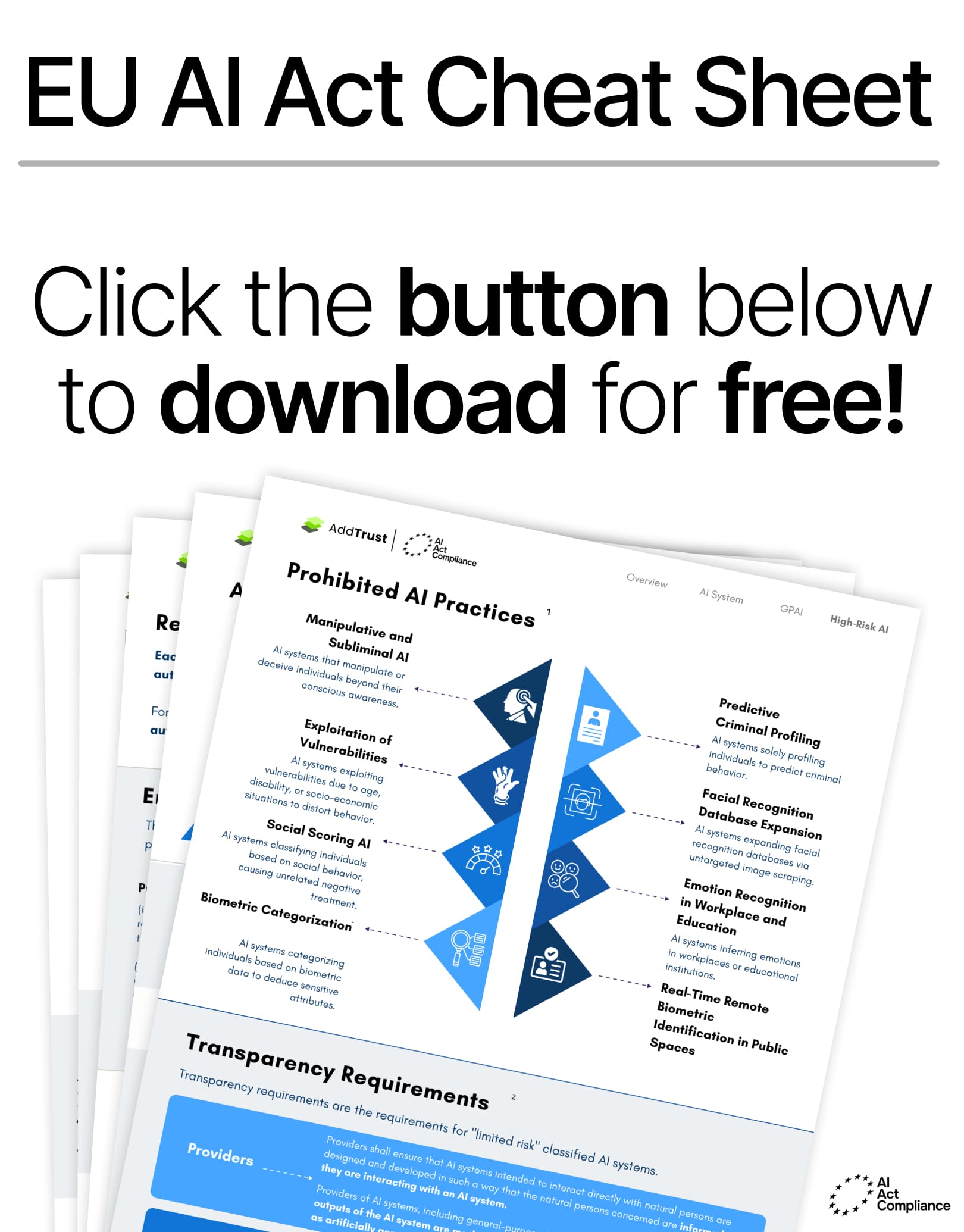Summary of Article 43
- Conformity Assessment Procedures for High-Risk AI Systems: Providers of high-risk AI systems in Annex III, point 1, must choose between internal control or notified body assessment for compliance, using Annex VII when harmonised standards or common specifications are unavailable or partially applied.
- Conformity Assessment for Specific AI System Categories: Providers of high-risk AI systems in Annex III, points 2 to 8, must use the internal control procedure, while systems under Union harmonisation legislation must meet both legal and Section 2 requirements with strict conditions for notified body involvement.
- Reassessment for Substantial Modifications: High-risk AI systems must undergo a new conformity assessment if substantially modified, except for changes predefined during the initial assessment.
- Commission’s Role in Amending Conformity Procedures: The Commission may update Annexes VI and VII or modify conformity assessment requirements based on technical progress, risk prevention, and the capacity of notified bodies.
Conformity Assessment Procedures for High-Risk AI Systems
1. For high-risk AI systems listed in point 1 of Annex III, where, in demonstrating the compliance of a high-risk AI system with the requirements set out in Section 2, the provider has applied harmonised standards referred to in Article 40, or, where applicable, common specifications referred to in Article 41, the provider shall opt for one of the following conformity assessment procedures based on:
(a) the internal control referred to in Annex VI; or
(b) the assessment of the quality management system and the assessment of the technical documentation, with the involvement of a notified body, referred to in Annex VII. In demonstrating the compliance of a high-risk AI system with the requirements set out in Section 2, the provider shall follow the conformity assessment procedure set out in Annex VII where:
(a) harmonised standards referred to in Article 40 do not exist, and common specifications referred to in Article 41 are not available;
(b) the provider has not applied, or has applied only part of, the harmonised standard;
(c) the common specifications referred to in point (a) exist, but the provider has not applied them;
(d) one or more of the harmonised standards referred to in point (a) has been published with a restriction, and only on the part of the standard that was restricted. For the purposes of the conformity assessment procedure referred to in Annex VII, the provider may choose any of the notified bodies. However, where the high-risk AI system is intended to be put into service by law enforcement, immigration or asylum authorities or by Union institutions, bodies, offices or agencies, the market surveillance authority referred to in Article 74(8) or (9), as applicable, shall act as a notified body.
Conformity Assessment for Specific AI System Categories
2. For high-risk AI systems referred to in points 2 to 8 of Annex III, providers shall follow the conformity assessment procedure based on internal control as referred to in Annex VI, which does not provide for the involvement of a notified body.
3. For high-risk AI systems covered by the Union harmonisation legislation listed in Section A of Annex I, the provider shall follow the relevant conformity assessment procedure as required under those legal acts. The requirements set out in Section 2 of this Chapter shall apply to those high-risk AI systems and shall be part of that assessment. Points 4.3., 4.4., 4.5. and the fifth paragraph of point 4.6 of Annex VII shall also apply. For the purposes of that assessment, notified bodies which have been notified under those legal acts shall be entitled to control the conformity of the high-risk AI systems with the requirements set out in Section 2, provided that the compliance of those notified bodies with requirements laid down in Article 31(4), (5), (10) and (11) has been assessed in the context of the notification procedure under those legal acts. Where a legal act listed in Section A of Annex I enables the product manufacturer to opt out from a third-party conformity assessment, provided that that manufacturer has applied all harmonised standards covering all the relevant requirements, that manufacturer may use that option only if it has also applied harmonised standards or, where applicable, common specifications referred to in Article 41, covering all requirements set out in Section 2 of this Chapter.
Reassessment for Substantial Modifications
4. High-risk AI systems that have already been subject to a conformity assessment procedure shall undergo a new conformity assessment procedure in the event of a substantial modification, regardless of whether the modified system is intended to be further distributed or continues to be used by the current deployer. For high-risk AI systems that continue to learn after being placed on the market or put into service, changes to the high-risk AI system and its performance that have been predetermined by the provider at the moment of the initial conformity assessment and are part of the information contained in the technical documentation referred to in point 2(f) of Annex IV, shall not constitute a substantial modification.
Commission’s Role in Amending Conformity Procedures
5. The Commission is empowered to adopt delegated acts in accordance with Article 97 in order to amend Annexes VI and VII by updating them in light of technical progress.
6. The Commission is empowered to adopt delegated acts in accordance with Article 97 in order to amend paragraphs 1 and 2 of this Article in order to subject high-risk AI systems referred to in points 2 to 8 of Annex III to the conformity assessment procedure referred to in Annex VII or parts thereof. The Commission shall adopt such delegated acts taking into account the effectiveness of the conformity assessment procedure based on internal control referred to in Annex VI in preventing or minimising the risks to health and safety and protection of fundamental rights posed by such systems, as well as the availability of adequate capacities and resources among notified bodies.



